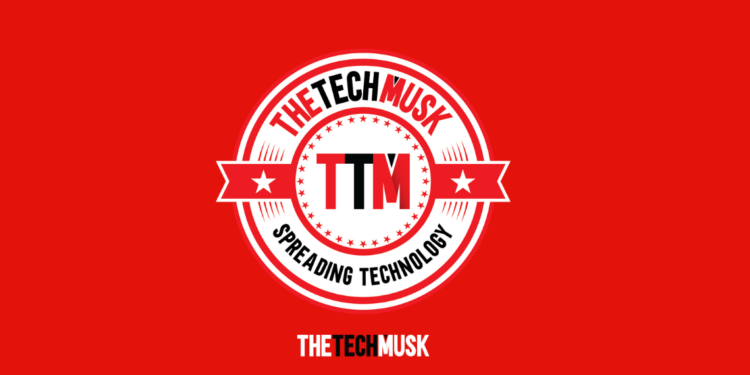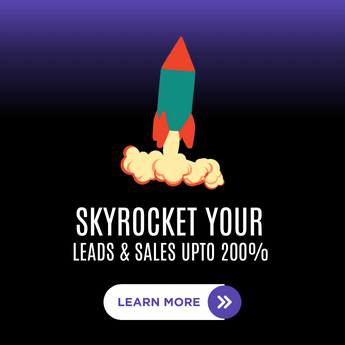Software-as-a-Service is changing the game of the technology industry. The SaaS industry is facing immense growth. There is a prediction that SaaS revenue will raise $300 billion by 2024, expanding at a rate of 20% per year globally.
As the companies grow, their expectations and the quality of products are also rising. They no longer rely on software that must be individually managed and deployed. This is why SaaS has gained such popularity since it saves time, is budget-friendly, and offers scalability.
This article will provide you with the latest SaaS trends that will help your business boost. Also, some insight information about SaaS trends. Let’s dig deep into it.
Key Benefits of Saas Solution
In comparison to traditional service models, SaaS solutions offer numerous benefits. Remember the following SaaS advantages in mind while determining whether solutions are suitable for you:
• Increased scalability
• Quick access almost anywhere
• Saves time
• More adaptable than traditional on-premises systems
• Cost friendly
• Organizational agility
• No maintenance or upgrades to worry about.
• Carbon footprint is decreased.
Insights About Emerging Software as a Service

Before we get into all the SaaS trends and techniques, let’s take a look at why these trends are important to businesses or companies.
SaaS is a software distribution model that allows clients to get apps via the internet instead of through physical media and specialized setup.
Because the software is continuously hosted and managed by a source, with automated and fast changes, SaaS is profitable.
As a consequence, spending on SaaS developing applications is worthwhile in terms of making apps more user-friendly and profitable. Additionally, they will as well enhance access and adaptability.
Why SaaS Matters

Firstly, the number of people using the software as a service (SaaS) is growing. The reason is businesses are increasingly investing in SaaS yearly. The entire amount spent on SaaS in 2018 was over $340,000, up 78 percent over 2017.
Small, moderate, and large corporations can use SaaS products. And they can help in a wide variety of sectors.
Secondly, the rate of change in software solutions is insane. Businesses are constantly on the lookout for smarter, more modern goods, so there are a variety of incentives in place to persuade them to test various apps.
Keeping customers has become a challenge. To retain existing consumers’ interest and capture the minds of potential clients, slashing approaches and the most current SaaS trends should be used.
Lastly, the industry attracts additional capital and achieves different economic milestones. On the other hand, Customers are open to new ideas and eager to experience new applications.
As a response, there has been a significant increase in competitiveness. An average SaaS firm has nine rivals, and according to one report, some firms have as many as eleven! So, applying new SaaS trends will be helpful to stay in the competitions.
5 SaaS Trends To Follow

Before investing in SaaS or deciding how to expand your SaaS services, you must understand where SaaS is headed. Below are some of the top SaaS development trends for 2021.
1) Machine Learning and Artificial Intelligence (AI)
AI and machine learning are always on the growth in SaaS. However, as B2B clients recognize necessity with their own businesses, it’ll become a bigger concern for SaaS companies.

With so much information being analyzed nowadays, having AI analyze it and then make the best decisions based on the results makes more sense.
The value of widespread personalization in marketing sectors attracts several e-commerce businesses. As a response, machine learning for advertising and marketing SaaS products will become a major selling factor for which companies will pay a premium.
2) Micro-SaaS

A few powerful tech businesses have ruled the SaaS industry ever since its inception. A fresh trend has emerged as they proceed to grow at a rapid pace. Micro-SaaS refers to this development.
Micro-SaaS is a word used to describe minor SaaS businesses specializing in a single service. SaaS businesses have one product, software, an extension, or something else. As businesses transition to dealing in more complex situations, Micro-SaaS products will experience the fastest increase.
3) Migration to PaaS

The Platform as a Service (PaaS) method allows you to migrate existing operations to the cloud, whether it’s an internal or external cloud.
Many businesses use their own server farms to suit IT needs. Consequently, the operational expenditures of a constantly growing infrastructure are frequently excessive.
Companies benefit from the excellent infrastructure and operational environments for datasets, restore, recovery, memory, analytics, VPN, and protection courtesy to the cloud migration.
4) A Different Method of Patment

For several years, the subscription-based model has supported SaaS enterprises nicely. Then what’s incorrect with this tried-and-true subscription approach?
Well, these models, on the other hand, may restrict some necessities and alienate clients who like to spend for what they use.
Keeping up with another trend can help you recruit new clients and ultimately benefit existing clients. The pay-per-use (PPU) model is the new child on the block.
The approach generates favorable terms for rapid corporate growth. Additionally, this approach can also combine with a subscription-based model.
5) Low-Code Applications

The SaaS business is no different since low-code programming interfaces have been on everybody’s mind for the past several seasons.
Programmers, architects, and brand managers can spend a fortune on creativity and tackling the industry’s most immediate concerns with less code.
On the other hand,low-code systems will enable entrepreneurs to generate speedy MVPs, allowing them to access test more options quicker.
Conclusion
Finally, we are wrapping here with some of the trending SaaS trends and the brief. As organizations evolve, so do their requirements. Adapting to SaaS solutions is the only practical option.
The industry is going to be disrupted by the new SaaS trends. Trends continue two to five years before entirely changing. SaaS software can weather this difficulty because it is quite open and flexible to evolving needs.
























